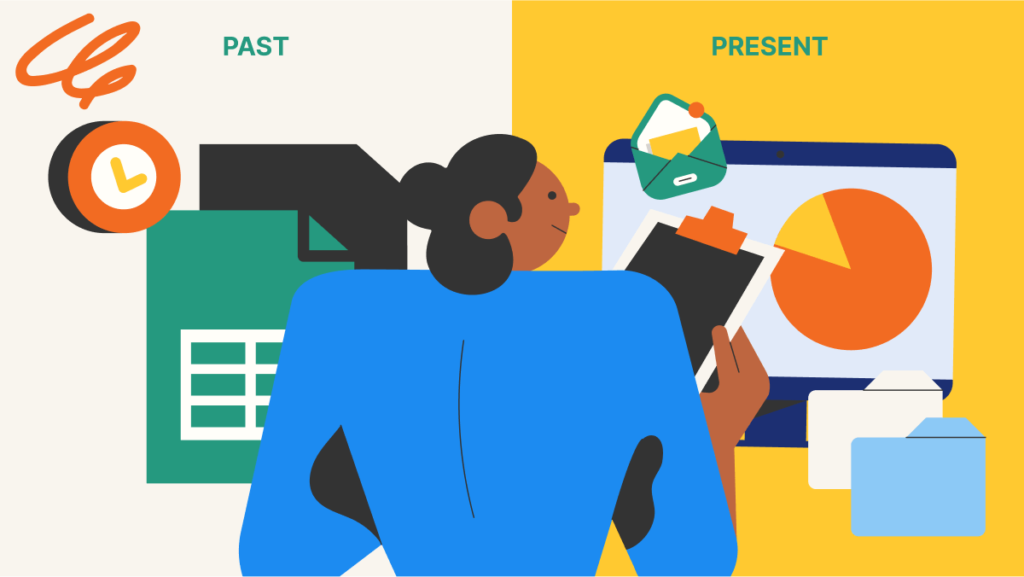Your employees report feeling stressed in the workplace, yet they haven’t been utilising your employee assistance programme (EAP). What gives? Perhaps there’s a stigma associated with using it, or maybe your programme is outdated and the services aren’t a good match for your employees’ needs.
Recently, Intellect and MercerMarsh Benefits (MMB) hosted a session on 10 key ingredients organisations are missing in their wellness programme. The closed-door event combines MMB’s legacy in employee benefits and Intellect’s expertise in clinical and organisational psychology, presenting their combined wealth of best practices and innovative solutions.
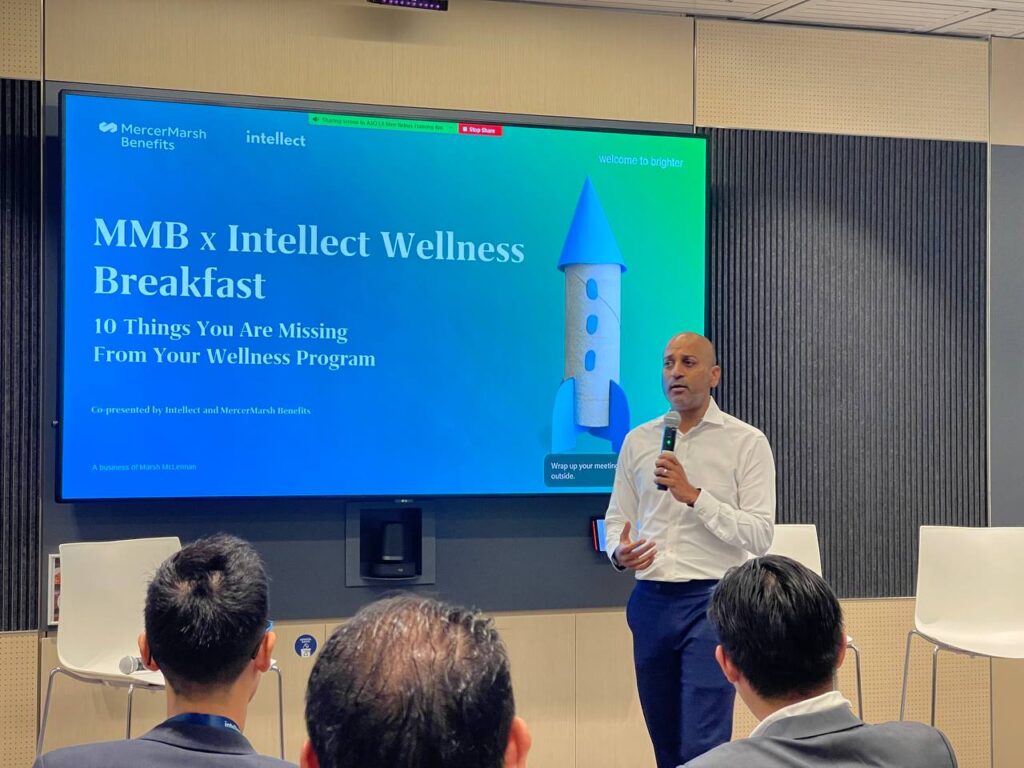
So, what sets apart a modern wellness solution from a traditional one? The long answer can be found in our white paper – a comprehensive listicle detailing relatable pain points, practical solutions, and frameworks MMB and Intellect have successfully implemented for their partners.
The short answer is below.
5 vital components your EAP may be missing
1. Holistic coverage
Our mental health goes through ebbs and flows, not just throughout the day, but also over weeks, months, and various life stages. On one end of the mental health spectrum are states of well-being, where we are well-placed to maximise our potential, and on the other end are states of emotional distress, where we may instead focus on restoring calm.
An effective EAP should account for the good and bad days, as well as all the ones that fall in between. Instead of “troubleshooting” issues as they arise, like connecting an employee who is diagnosed with depression with a psychiatrist, it should promote overall resilience and positive mental health as a way of life.
How much of the above spectrum does your current EAP cover? Find out how to fill the gaps in our white paper.

2. Visibility and longevity
Now that we’ve established that the timing of the intervention is crucial, it’s worth taking a closer look at the needs of your workforce across the employee life cycle. New parents, for instance, may be vulnerable to post-partum depression, while employees entering mid-career may experience heightened stress and burnout due to increased responsibilities. Similarly, older employees approaching retirement may face anxiety about transitioning into a new phase of life.
Here’s the problem: You’ve invested in putting an EAP program in place, but few know of its existence. Why? It could be that mental health stigma is getting in the way of open dialogue, or that outreach efforts are often treated as an afterthought. Instead of waiting for users to discover it serendipitously, give it the airtime it deserves.
Mercer has an elaborate outreach roadmap that does just that. Learn more about it here.
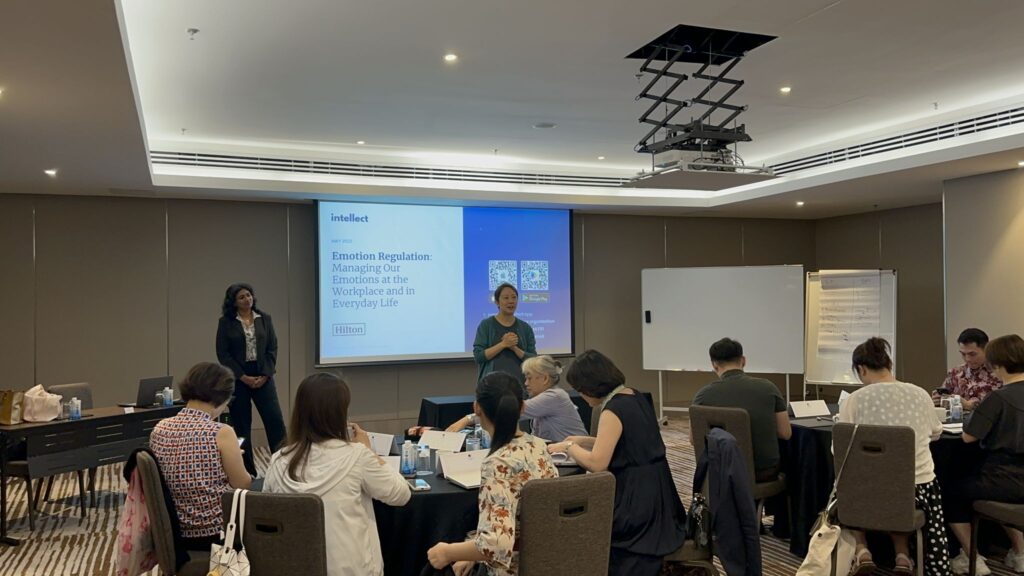
3. Measurable ROI
A Forbes study revealed that organisations addressing the physical and mental health needs of their employees not only witnessed improved job performance but also experienced a reduction in absenteeism and presenteeism (i.e., people who are physically present at work but not productive).
For employers, the annual cost of absenteeism per employee is estimated to range from US$3,400 to US$6,300, while presenteeism costs are somewhere between US$4,300 and US$7,200. Mercer projects that absenteeism will cost up to S$3.3 billion by 2030, and according to Duke-NUS Medical School, presenteeism can cost a company up to S$12.1 billion.
Could you be doing more to measure the impact of your wellbeing programmes? Putting a number to intangible outcomes not only ensures that your resources are allocated efficiently, but it also helps justify future investments in employee wellbeing and company culture. This is why we launched Intellect Dimensions, which you can read more about here.
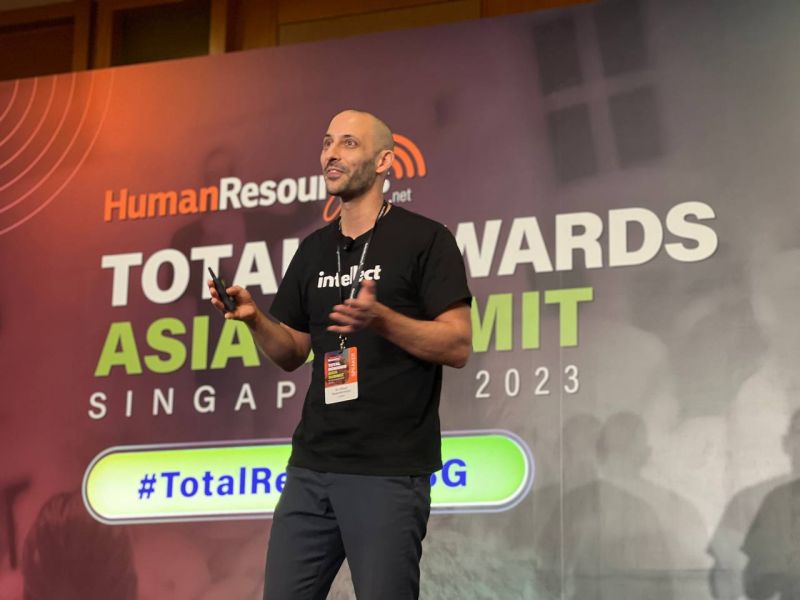
4. Localisation
Employee wellness is a universal need, and it makes logistical sense to roll a headquarters-driven programme out across the globe. While that’s helpful in setting up a roadmap, it may not always be relevant to the local community. For example, a psychotherapist based in the United States may not understand what it’s like to be part of the sandwiched generation in Asia, who are simultaneously caring for younger children and aged parents.
Language and cultural barriers are just the tip of the iceberg. The relevance of topics, availability of supporting vendors, and level of engagement on the ground also matter. In other words, a copy-paste approach isn’t going to cut it.
Localising your EAP will help you create a thoughtful and relevant employee benefits package that isn’t just for show. To do so, you may adopt Mercer’s “Global Initiatives, Local Interventions” approach as outlined in the white paper.
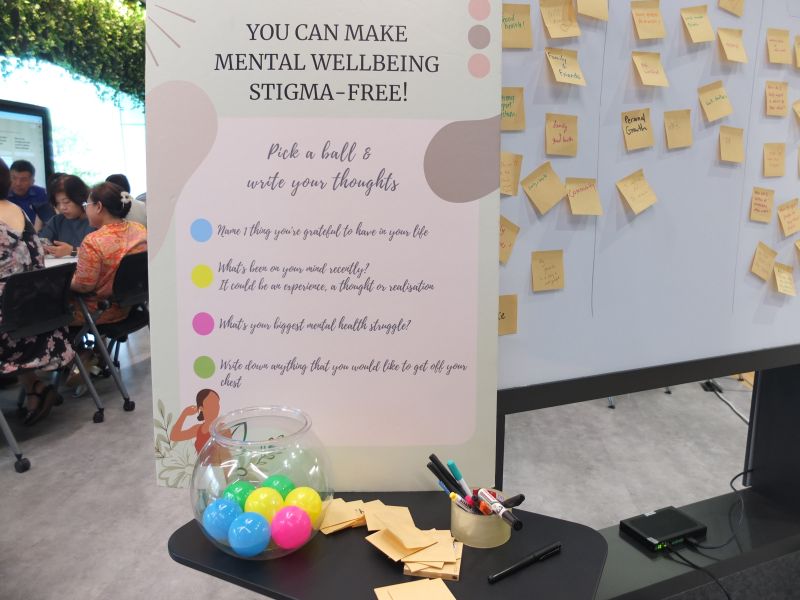
5. Training
During the webinar, Dr Oliver Suendermann, who heads Intellect’s clinical team, said that employees will start turning to their supervisors in the future workplace. New data in 2023 suggests that managers have a significant influence on employees’ mental health, even more so than doctors or therapists. If anything, impact is comparable to that of their partners.
Unfortunately, managing employee wellbeing isn’t a skill commonly taught in business schools, and many managers feel ill-equipped to support the mental health of their team members. As a consequence, numerous managers neglect their own wellbeing and suffer silently, leading to a potential loss of leaders within organisations.
While managers cannot replace mental health professionals, empowering them (and even rank-and-file employees) with skills such as Mental Health First Aid can go a long way in enhancing the effectiveness of your EAP and shaping a positive organisational culture.

Download our list of ten strategies
These points only scratch the surface of our white paper on the 10 key ingredients you’re missing in your wellness program. This comprehensive resource consolidates the insights of MMB, an employee benefits powerhouse with 150 years of experience, and Intellect, a disruptive employee wellbeing solution tailored for the post-pandemic workforce. Within, you’ll find a wealth of frameworks, real-life use cases, and actionable steps to enhance your wellness program effectively.
Download the white paper here.





